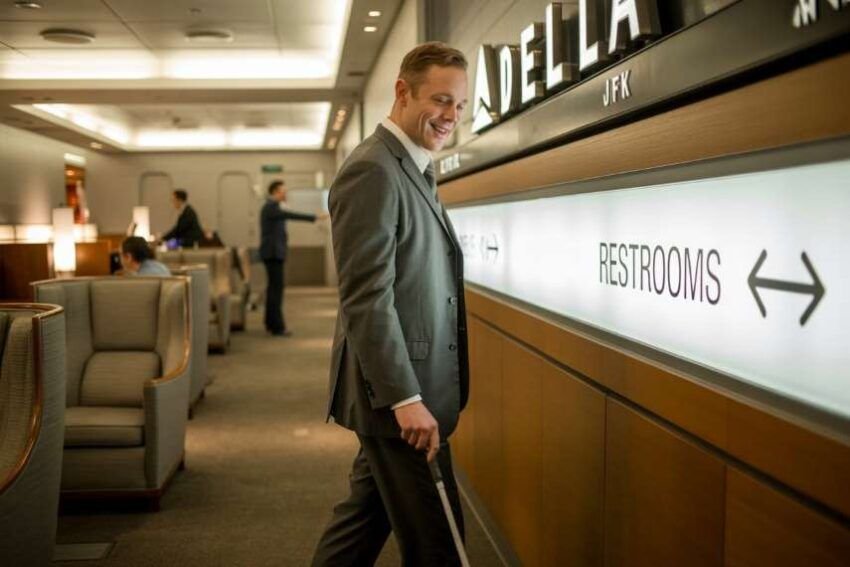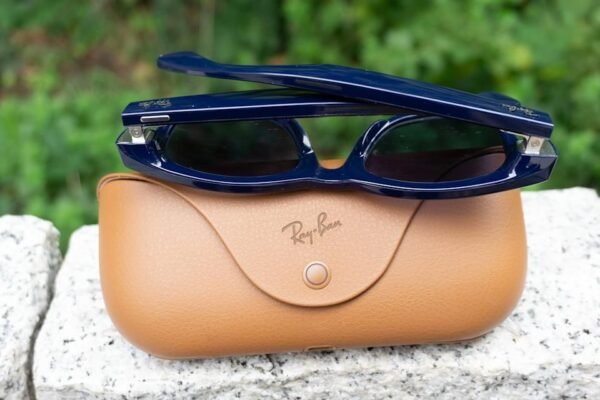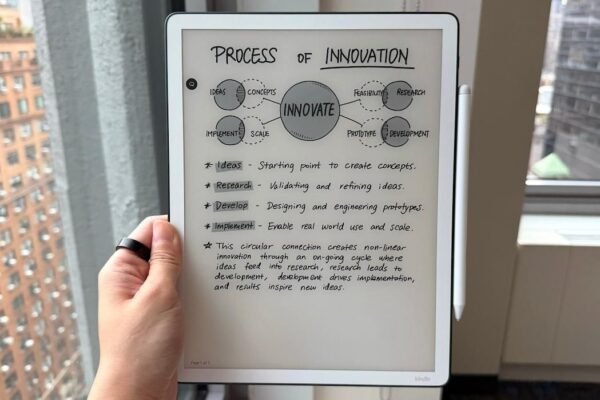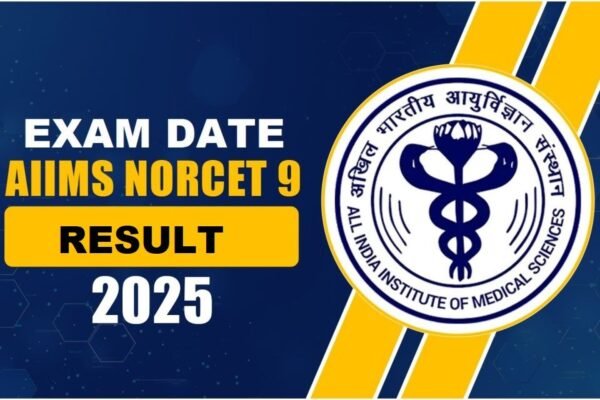
Blind Travelers Enjoy Enhanced Accessibility At JFK’s Delta One Lounge Through New Partnership

With the Delta Air Lines’ Delta One lounge located in the New York John F. Kennedy International Airport, they have taken new steps towards accessibility portions of the lounge dedicated to the sightless. With the help of the Lighthouse Guild, Delta Air Alliance has repurposed portions of its lounge to foster inclusion for people of different capabilities. This acts as a step to Delta Air’s continued efforts towards making air travel more inclusive.
The Delta One lounge at JFK, which is exclusively for business and first-class travelers, has been modified to ensure blind passengers can navigate it easily. Delta Airlines has refrained from making uneducated guesses and has made it a priority to collaborate with Lighthouse Guild, as they understand the sensory requirements of the sightless. Thomas Panek, the president and CEO of Lighthouse, has worked with Delta’s accessibility team to ensure that the lounge is comfortable and welcoming for blind travelers.
A Lounge Designed for the Senses
The Delta One Lounge provides an experience that is different from the conventional structures and visually driven experiences, such as a spa, that people are used to. Rather, the lounge provides an experience that is sound, texture, and spatially driven. For Thomas Panek, an advocate for accessible travel, the beauty of the lounge is the texture and sound. He praises the lounge design for evoking a rich experience that is multisensory.
Along with his advocacy involvements, Delta’s Advisory Board on Disability and Accessible Travel gave Panek a unique opportunity to work alongside the airline to help solve problems for people with disabilities. Provided with a unique lens to the lounge while on a visit, he was able to elaborate on how a thoughtful approach to design exceeds the required norms of compliance and touches on the world of luxury, which is the ability to blend multiple experiences.
Partnership with Lighthouse Guild
Advertisement
Delta’s accessibility mission is supported by their partnership with the Lighthouse Guild, which is the main focus of Delta’s accessibility mission. For more than forty years, the non profit dedicated to the rehabilitation of people who are blind or visually impaired, has assisted the airline in the making of the lounge more inclusive, in particular for people with visual disabilities.
While meeting in the lounge, the Clubs and Lounges division of Delta, together with the Corporate Accessibility Programs group, learned from Panek and colleagues. As noted in the session, feedback highlights how critical addressing both physical accessibility and the multi-sensory experience of travel is. Each part of the travel continuum, as Lathrop Alison, Delta’s Accessibility Team leader, aims to inclusively accommodate all aspects of travelling, and this is noted as the objective.
Lathrop noted that travel experience catered to one type of passenger who would see it as a void, emphasizing with a logical reason. Delta’s accessibility philosophy, as explained, includes blind, deaf, hard-of-hearing, mobility, and even cognitive challenges and aims to accommodate all.
An Original Framework of Premium Travel
Part of a major redesign is the Delta One Lounge is the Soundscape components. In comparison to the ear-splitting, aggravating, and busy airport terminal, the lounge is accompanied by soft jazz music and quiet. Travelers who are blind and have low vision greatly benefit from calm, soothing and relaxing soft jazz.
Panek elaborated on how the functions and features of the lounge render allow him to navigate using a form of echolocation and a heightened awareness of the lounge’s spatial geometry, using sounds such as footsteps and echoes to navigate, as well as the acoustics of the room to aid him. He mentioned the lounge’s high ceilings and the more open layout spaces allow him to use his ears to sense spaces when his eyes are not able to help. The design prioritizes the sensory feedback systems to enable a comfortable and independent experience for all travelers.
Delta’s network expansion continues to prioritize accessibility improvements
Although this initiative starts with the Delta Lounge at JFK, accessibility efforts with Delta span well beyond a single location. The airline is continuously refining the sky clubs as well as the premium products and the customer journey as a whole, based on the feedback received from the disability community. Panek emphasized that the accessibility improvements for people with disabilities directly enhance the experience for all passengers, not only those with specific needs.
Airlines learn a great deal about their services when focusing on the requirements and needs of visually impaired guests. Panek illustrated this by saying that understanding the factors that make a service accessible for a group of people ensures that the service is streamlined and optimized, thus enhancing the experience for all travelers.
Conclusion
Delta Air Lines has showcased its commitment to inclusivity and accessibility once more with the redesign of the Delta One Lounge at JFK. The partnership with Lighthouse Guild and the incorporation of feedback from blind travelers demonstrate the airline’s intent to merge comfort and style with ease of access. This venture illustrates that luxury travel is not only focused on visual aesthetics but rather on a synergistic blend of sensory elements that caters to all passengers. As quoted, and the words of Thomas Panek, “beauty is in the eye of the beholder,” but for him, beauty is an environment’s shapes, sounds, and flows. Delta’s efforts in these aspects will lead the charge for the rest of the airline industry with respect to inclusive design for all travelers, regardless of ability, granting them the ability to access world-class service at every stage of their journey.











